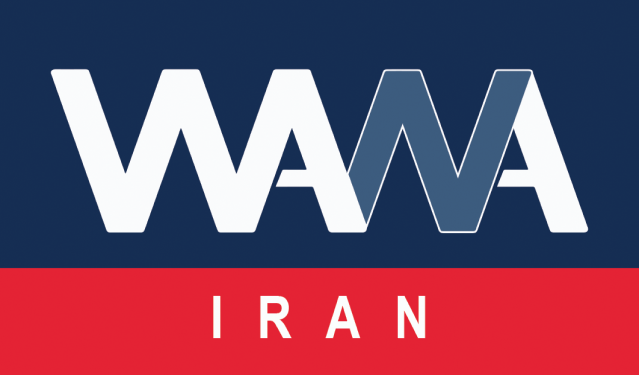Lost Treasures: Forgotten Iranian Games in the Modern World
WANA (Jan 23) – Not too long ago, when there were no smartphones, computer games, or virtual worlds, Iranian children and teenagers experienced a much happier life. The streets were filled with the sound of laughter and group games. Children, with the simplest tools or even without any equipment, spent hours playing, bringing joy and vibrancy to their neighborhoods.
From boys who eagerly ran home after school to play games like Haft Sang (Seven Stones) or Alak-Dolak to girls who played Hopscotch with their friends or enacted their future homemaking dreams in Khale Bazi (role-playing game in which the children consider themselves as dad, mom or…), every moment of their lives was filled with excitement and enthusiasm.
These games were not only entertaining but also fostered teamwork, focus, and creativity in children. However, it’s worth noting that, apart from the advent of smart technologies, the shift of Iranian families from large traditional houses to smaller apartments has also contributed to the decline of these games.
The WANA News Agency has gathered information about how some of the most popular traditional Iranian games were played and is sharing it with you so that you can explore this further.
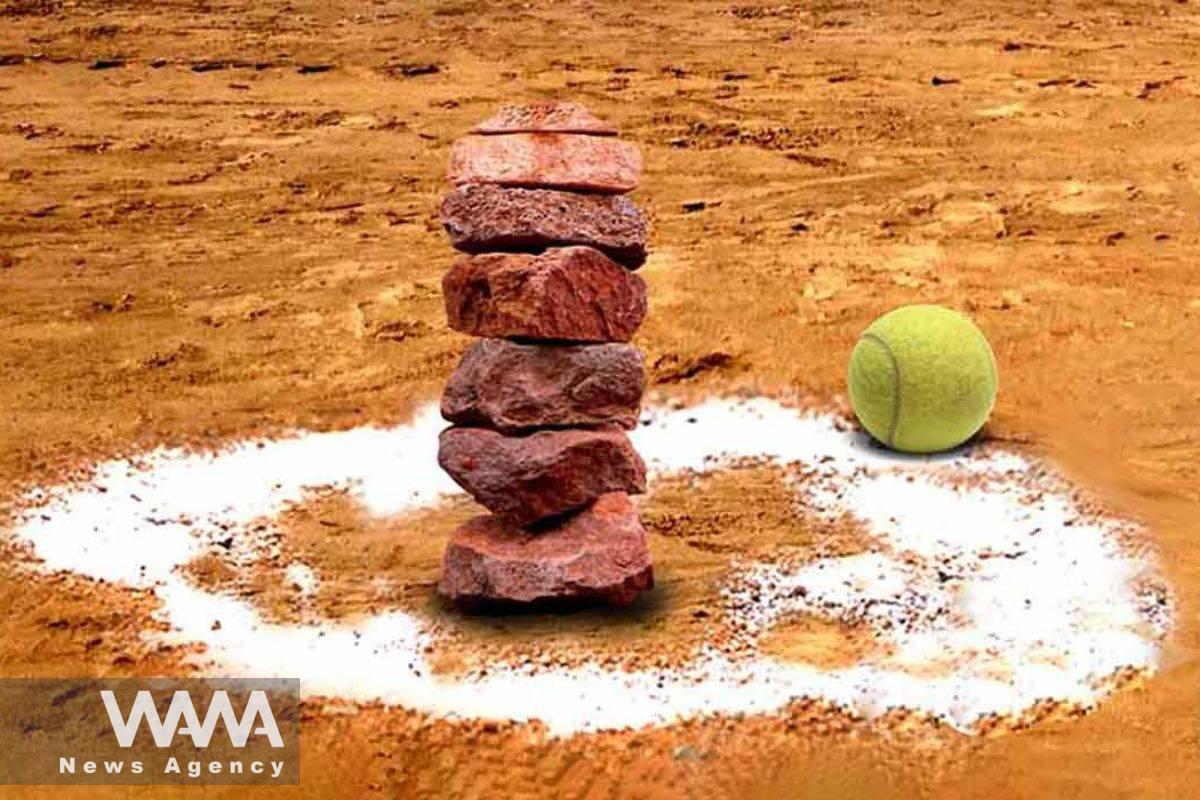
Haft Sang, An Iranian traditional game. Social media/ WANA News Agency
1. Haft Sang (Seven Stones)
Haft Sang is one of the most well-known group games, requiring seven flat stones and a ball. First, the stones are stacked in a pyramid shape, and two teams are formed: the throwing and defending teams.
The throwing team begins by throwing the ball at the stones to knock down the stone tower. Then, while avoiding the defending team, they must rebuild the tower.
Meanwhile, the defending team tries to eliminate the players of the throwing team by hitting them with the ball. The throwing team wins if they successfully rebuild the tower without losing any of their players.
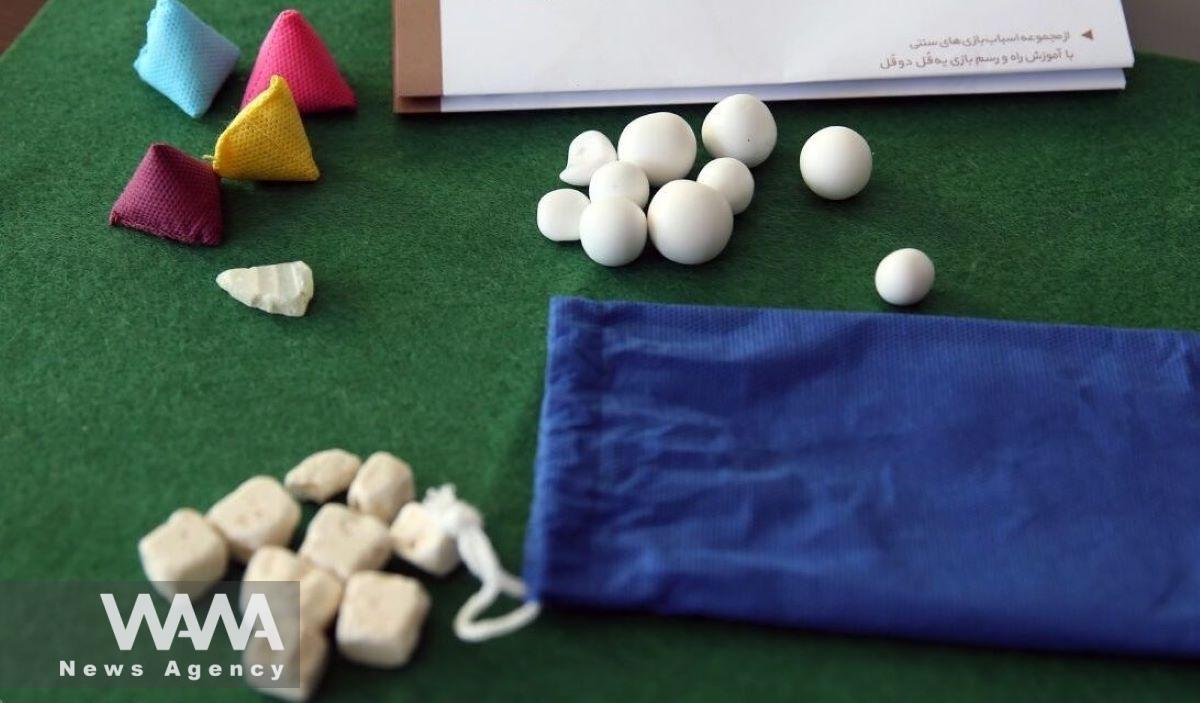
Ye Ghol Do Ghol, An Iranian traditional game. Social media/ WANA News Agency
2. Ye Ghol Do Ghol
This game, which doesn’t require much physical activity, uses five small stones and can be played individually or in groups. The game relies heavily on precision and skill.
In the first stage, the player tosses one stone into the air and simultaneously picks up one of the stones from the ground while catching the tossed stone mid-air. Then, the same process is repeated, but the player must pick up two stones from the ground this time.
In subsequent stages, the number of stones picked up with each throw increases until the player has successfully collected all the stones. If the player fails to catch the tossed stone or properly collect the stones from the ground, their turn ends. To make the game more challenging, extra stones can be used, too.
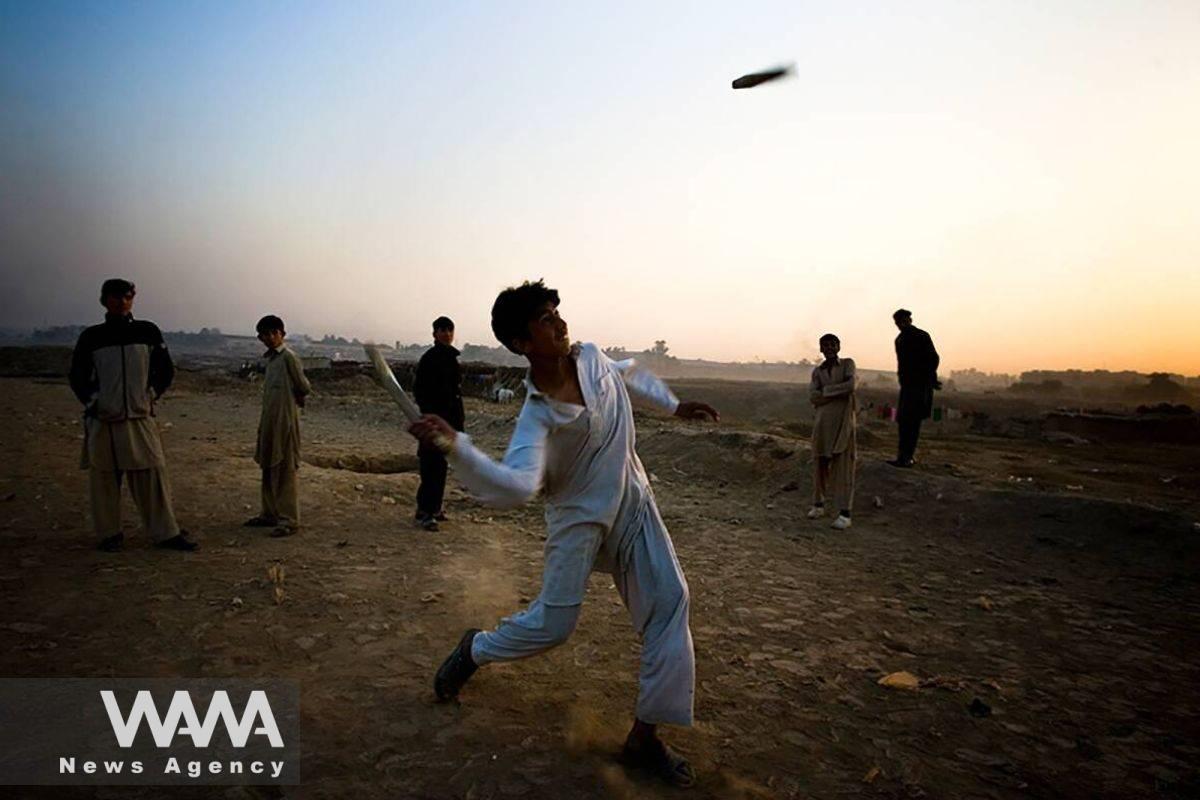
Alak Dolak, An Iranian traditional game. Social media/ WANA News Agency
3. Alak Dolak
Alak Dolak is another lively group game that requires significant physical activity. Two sticks are needed to play: a shorter stick (Alak) and a longer stick (Dolak). There will be one who throws the stick as a representative of their group and some others in the other group who should catch the stick and stay a bit further while the one throws.
The representative player places the Alak on the ground and strikes its underside with the Dolak, causing it to fly into the air. The player then attempts to hit the Alak mid-air with the Dolak, sending it as far as possible. Meanwhile, the opposing team must catch the Alak and throw it back toward the Dolak.
If the Alak hits the Dolak, the player is eliminated. Points are awarded based on how far the Alak is hit, and the team with the highest score wins the game.
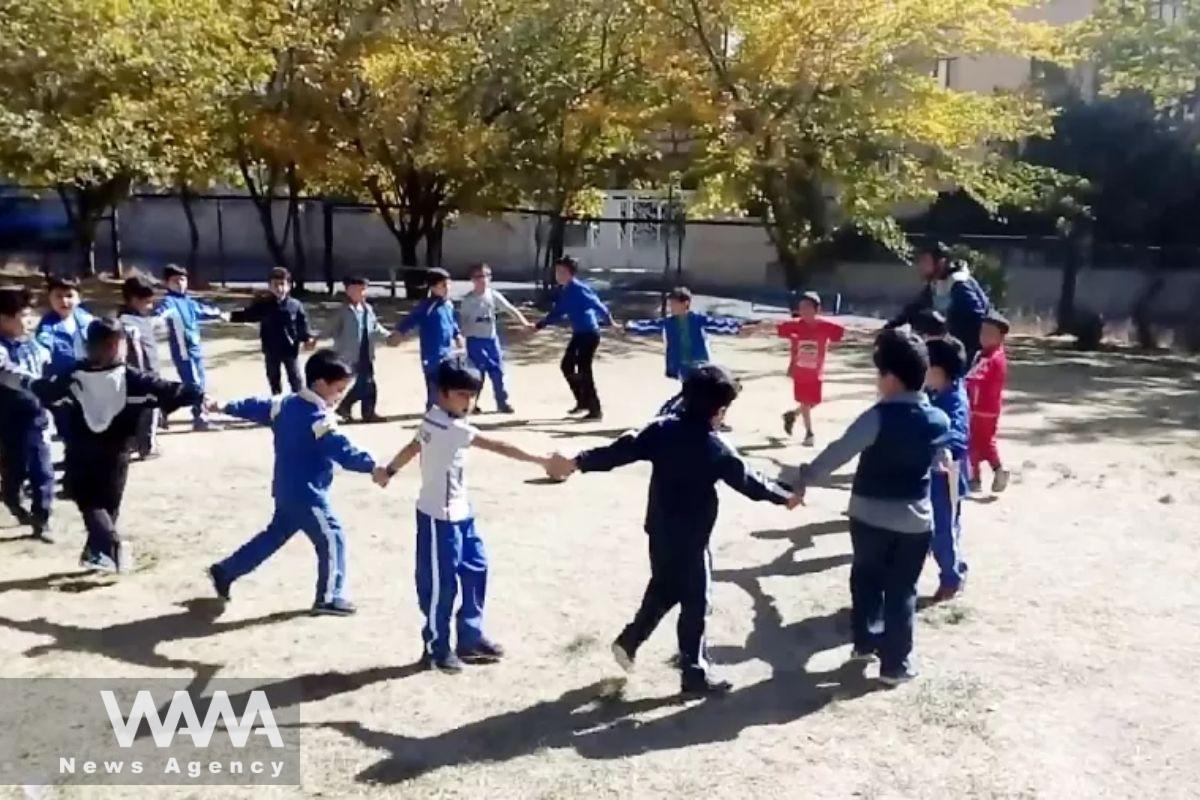
Amoo Zanjir Baf, An Iranian traditional game. Social media/ WANA News Agency
4. Amoo Zanjir Baf
This is a fun group game for children that requires no equipment. Players form a circle and hold each other’s hands. One player acts as “Amoo Zanjir Baf” (Uncle Chain-Weaver) and stands outside the circle, singing the famous rhyme:
“Amoo Zanjir Baf!
Yes?
Did you weave my chain?
Yes!”
As the circle moves and rotates, Amoo Zanjir Baf tries to break the “chain” by pulling apart the hands of two players. The other players must hold on tightly to keep the chain intact. If Amoo Zanjir Baf succeeds in breaking the chain, the person will join the circle, and the one who caused the break becomes the new Amoo Zanjir Baf.
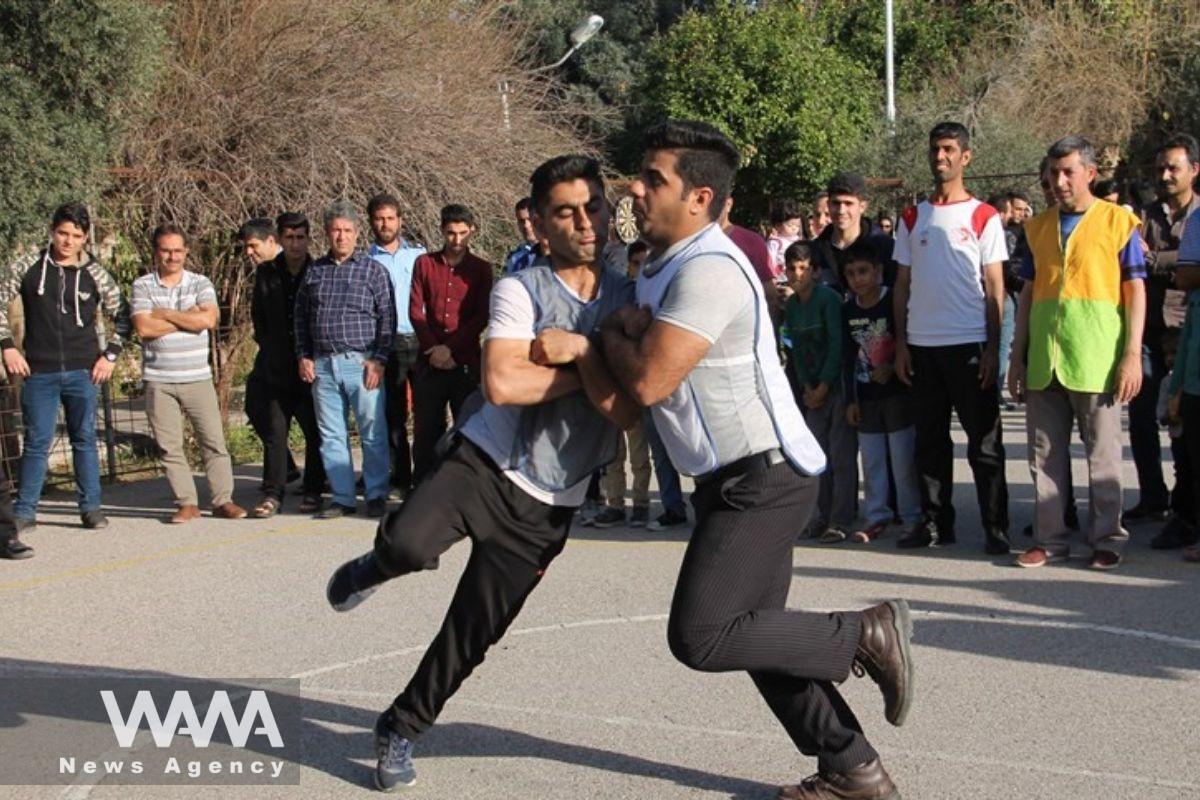
Khorous Jangi, An Iranian traditional game. Social media/ WANA News Agency
5. Khorous Jangi ( Fighting Rooster)
Khorous Jangi is a game requiring physical strength, balance, and skill. It is especially popular among boys and is typically played outdoors. The game is usually played one-on-one, but multi-round tournaments with more players can also be organized.
Each player stands on one leg while bending the other leg and holding it behind their knee with their hand to maintain balance. Players must keep their balance in this position.
When the game begins (usually signaled by a referee or mutual agreement), players hop toward each other and aim to knock their opponent off balance by colliding with the other player’s body.
The rules are:
- Players cannot let their free hand or second foot touch the ground.
- Any player who loses their balance or places both feet on the ground is considered the loser.
- Players are prohibited from using their hands to push or grab their opponent.
- Hits with excessive or harmful strikes are forbidden.
The winner is the player who successfully destabilizes their opponent while maintaining their own balance on one leg.
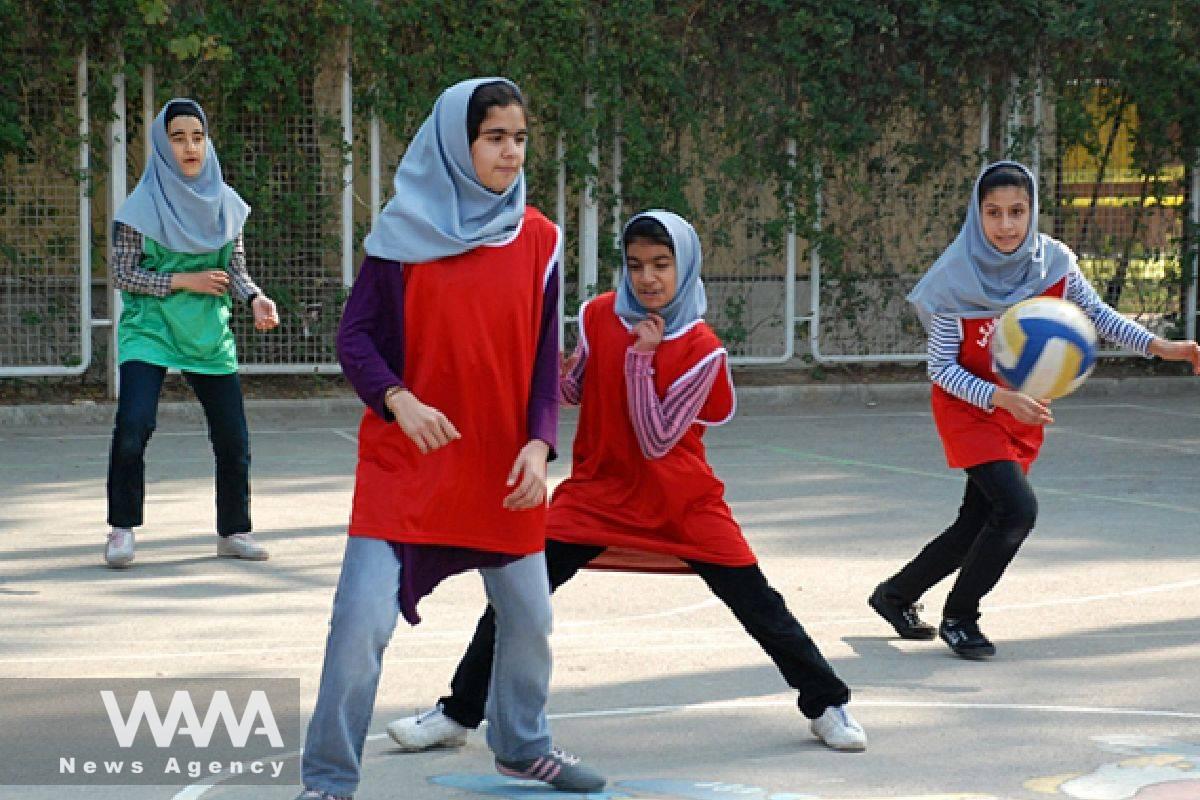
Vasati, An Iranian traditional game. Social media/ WANA News Agency
6. Vasati
This game requires a lightweight softball (such as a plastic ball) and at least six players divided into two teams: the “inner team” and the “outer team.”
The outer team is divided into two groups and stands on opposite sides of the field. The middle team positions itself in the space between them. Players from the outer team must throw the ball at the members of the middle team to eliminate them from the game. Any player who is hit by the ball is eliminated.
The players of the middle team must dodge the ball to avoid being hit. If a player catches the thrown ball before it touches the ground, one of their eliminated teammates can return to the game. The game ends when all the players in the middle team are eliminated, at which point the outer team is declared the winner. The game can continue with the teams switching roles.
The games mentioned are not only played by children but also played by adults. It should also be noted that these games might have different rules and approaches to play in various cities of Iran.
